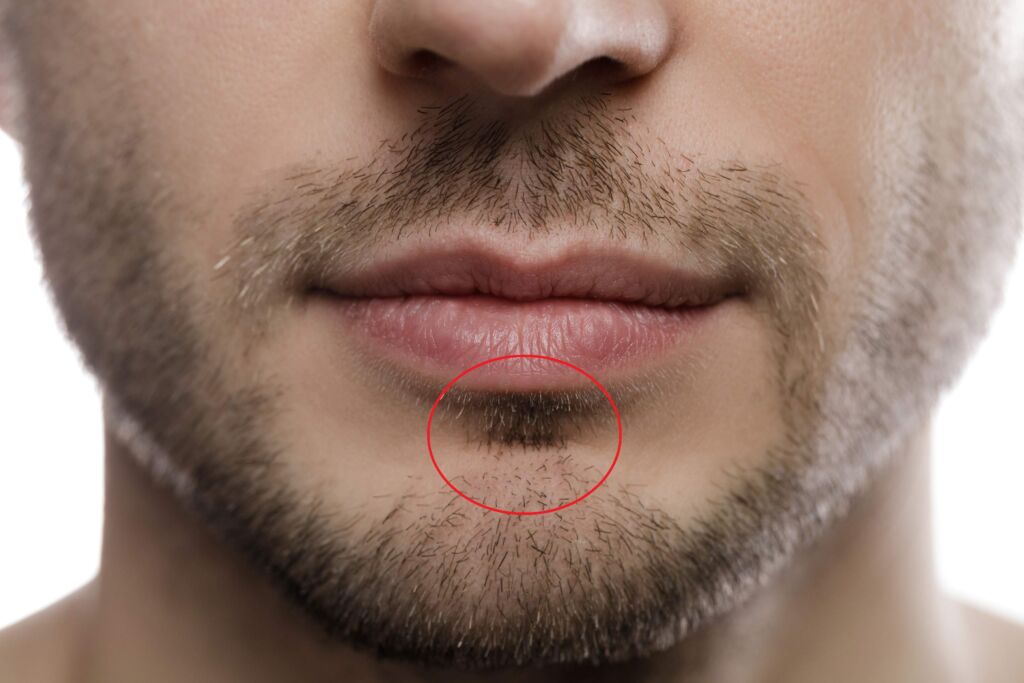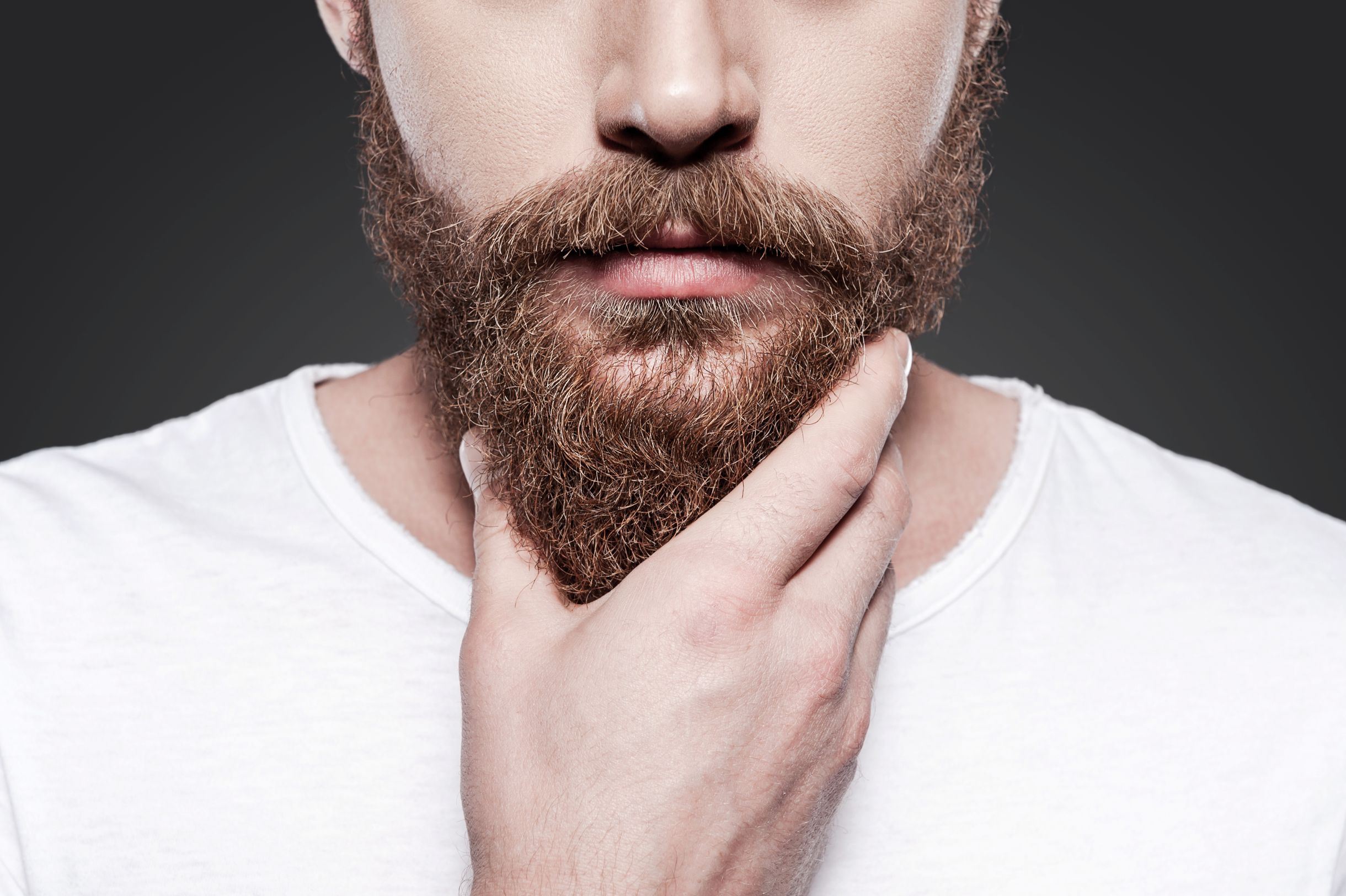For many men, a beard is part of identity and a quiet, steady confidence. But growth isn’t the same for everyone: genetics can keep it light, and old burns or scars may leave small gaps. If you’re considering beard transplant turkey to restore even, natural coverage, you’re simply choosing a careful, clinical path to bring that character back.
That’s where a beard transplant comes in: a reliable, effective way to restore fullness. In Turkey especially, this procedure has become more common in recent years thanks to experienced medical teams and modern techniques.
In this 2025 guide, we walk you step by step through the beard transplant journey in Turkey, from preparation to recovery, along with realistic cost ranges and practical tips for natural-looking, lasting results.
What Is a Beard Transplant? (FUE vs DHI)
A beard transplant moves hair follicles from a donor area (often under the chin or the back of the scalp) to the beard, moustache, and sideburns where you want more coverage. It’s an outpatient procedure with local anesthesia, so you’re numbed and typically feel pressure and movement rather than sharp pain.
Each graft usually carries 1–2 hairs. Single-hair grafts shape precise edges along the cheek and moustache lines, while two-hair grafts add body through the center. Angle and direction are planned carefully to blend with your natural growth.
In Turkey, two main techniques share the same principle (follicle transfer) but differ in how channels are opened and grafts are placed:
FUE Technique
First, with FUE, we extract follicles one by one rather than making a long linear incision. Next, follicles are removed using 0.7–0.9 mm punches, then sorted by hair count; afterward, they’re placed into micro-channels that align with your natural direction and angle. As a result, this precision supports soft cheek lines and balanced density.
Why patients pick FUE?
- Flexible for larger sessions (e.g., full cheeks + chin + mustache).
- Generally more budget-friendly than DHI (clinic-dependent).
DHI Technique
DHI is an evolution of FUE: same core concept, different placement tool. We use a Choi pen, where follicles are loaded into the pen, and each channel is opened and the graft implanted in one motion, without pre-opening multiple channels. This helps preserve native angles, making it ideal for filling fine gaps, refining borders, and achieving a naturally seamless look at first glance.
Why patients pick DHI?
- It offers high control over angle and direction, ideal for moustache borders, the soul patch area, and cheek lines.
- Allows dense packing in selected zones without pre-opening many channels.

Which Technique Fits Your Goals?
Density goals:
- Want wide coverage (both cheeks + jawline + chin)? FUE often suits best.
- Want meticulous edges or micro-detailing? DHI offers finer control in tight spaces.
Downtime & the “in-between” look:
- Both methods usually show redness and small crusts for a few days; most people feel “socially ready” around days 7–10 once crusts lift.
- DHI may show slightly less visible channeling in select zones, but overall recovery timelines are similar.
Budget:
- Prices vary by graft count, surgeon experience, and tools; DHI is usually priced higher than FUE.
Beard Transplant Cost Turkey (2025)
If you’re considering a beard transplant in Turkey in 2025, it helps to see the whole picture: what you might pay and why prices change case by case. Here are typical ranges, what moves the numbers, and what packages usually include.
Typical Price Range & What Affects It
Estimated Costs (USD):
- Touch-up for limited areas (moustache or goatee) (≈ 1,000–1,500 grafts): about $1,800–$2,700.
- Full beard build for cheeks + jawline + moustache (≈ 2,000–3,500 grafts): about $2,700–$4,800.
What changes the price?
- Total number of grafts.
- Technique (DHI is usually above FUE).
- Surgeon’s experience.
- Accredited facility and sterilization protocols.
- Add-ons: scar camouflage, adjunctive laser, extended follow-up session.
Turkey Beard Transplant Packages: What’s Included
In general, Turkey beard transplant packages simplify a 5–7 day trip and often include:
- Pre-op consult and facial-hair design tailored to your features.
- Procedure: harvesting and implanting follicles with natural angles and patterns.
- Aftercare kit: gentle shampoo, saline spray, and basic analgesics per general instructions.
- Next-day follow-up: first wash and step-by-step care guidance.
- Hotel stay for 2–3 nights, suitable for medical travelers.
- Transfers: airport ↔ hotel ↔ clinic.
- Arabic/English interpreter to ease communication.
- Additionally, online check-ins are provided during the early weeks, in line with clinic policy.
Also researching scalp options? Explore our Hair Transplant in Turkey guide.
Request pricing
By sending, you agree we may contact you on WhatsApp with pricing.
Got it! We’ll WhatsApp you the pricing shortly.
Recovery Timeline (Day 0 to 12 Months)
Here’s a simple, realistic roadmap for your beard transplant Turkey recovery; however, always follow your own surgeon’s instructions.
Days 0–1 | Right after the procedure
As the numbness fades, you may feel pressure and notice pinpoint crusts. Meanwhile, use saline spray and sleep with your head elevated as directed.
Days 2–3 | Swelling peak
Mild puffiness around cheeks and moustache with expected redness. Avoid touching or shaving. Cool compresses may be recommended.
Days 4–7 | Initial stabilization & travel-friendly window
Crusts begin to shed after the first wash; by week’s end, most patients are comfortable flying.
Week 2 | Shock shedding (normal)
Transplanted hairs fall while roots stay put; the look evens out gradually.
Weeks 3–4 | Skin calm
Redness softens; skin looks more like itself. With medical approval, a light trim using an electric clipper may be allowed.
Months 3–4 | Early sprouts
Soon after, new fine hairs start to emerge and keep increasing steadily.
Months 6–9 | Filling in
Consequently, density increases noticeably, while integration with your natural beard looks better.
Months 9–12+ | Maturation
By this point, thickness and texture improve, so this is when you usually see the final result.
Reviewed against AAD patient guidance (results 6–12 months; shedding 2–8 weeks), plus reputable postoperative instructions on early care and washing timelines.
Aftercare Essentials
Sleep position:
For the first 3 nights, sleep with your head slightly elevated; also, avoid lying face-down.
First wash:
To start, use a fragrance-free foam; next, rinse gently; lastly, pat dry and avoid any rubbing or scratching.
Sun & heat:
Skip sauna, swimming, and direct sun for 10–14 days. If you must go out, a loose, wide-brim hat helps.
Activity & exercise:
Desk work after 2–3 days, light walking/low-intensity exercise after 1 week, and heavy lifting after 2–3 weeks.
Follow-up:
Share photos on days 1, 7, and 30. Message us any time during recovery. We’ll reassure you and advise promptly.
Risks, Side Effects & How We Manage Them
- Temporary swelling/redness: usually settles within days; elevate the head and use gentle cooling without direct pressure.
- Itch and crusts: normal in week one; use only doctor-recommended moisturizers/sprays and let crusts fall on their own.
- Mild numbness: may appear in the donor area or chin and fades gradually.
- Folliculitis or ingrown hairs: often improve with gentle cleansing and monitoring; medications may be prescribed if needed.
- Infection or lower-than-expected density: uncommon with proper planning and sterile technique; if it occurs, we’ll outline treatment and may recommend a touch-up session when appropriate.
Expert Tips Before You Decide
“Skin needs room to nourish each graft. Overpacking can reduce blood flow and raise the risk of local damage. We plan balanced densities and may split work into sessions for comfortable healing and safer outcomes.”
“Consider mindset and expectations: the best candidates accept a gradual journey with no absolute promises, have an adequate donor area, and commit to long-term care. Reviewing benefits and risks calmly and agreeing on what’s achievable keeps your treatment safe and responsible.”
FAQs
2025 guide ranges: ≈ $1,800–$2,700 for limited areas (1,000–1,500 grafts), and ≈ $2,700–$4,800 for a full beard (2,000–3,500 grafts).
A cautious electric trim is sometimes approved in the first two weeks; wet shaving comes later once the skin is calm and crusts have cleared (per your medical team’s advice).
Typically, there’s mild swelling/redness, itch and small crusts, plus brief numbness; at times, folliculitis/ingrowns appear. If you notice pain, spreading redness, fever, or discharge, contact your clinic.
With local anesthesia, you’re numbed, so you’ll feel pressure rather than sharp pain. If needed, a mild painkiller can help in the first 24 hours.
Early sprouts at 3–4 months, fuller density by 6–9 months, and maturation around 9–12+ months; final fullness depends on donor supply, hair caliber, design, and aftercare (some choose a second session).
Ready to Plan Your Beard Transplant in Turkey
To begin, send us three clear photos (front, right profile, and left profile) and then note exactly where you’d like improvement: moustache, cheeks, jawline, or an old scar.
After receiving them, we’ll review them carefully and suggest a staged plan with a suitable graft count. Next, you’ll receive a written quote that includes costs as well as a detailed day-by-day care plan from day 1 to month 12, ensuring both realism and safety throughout your journey.



